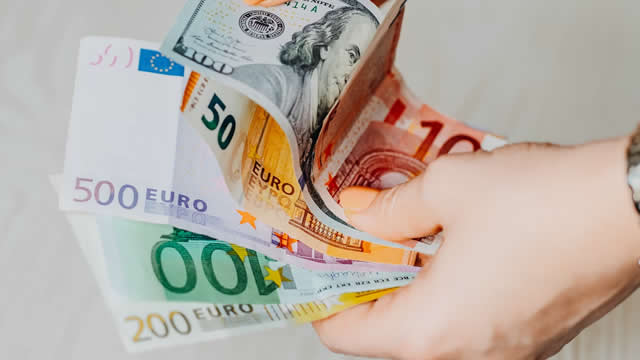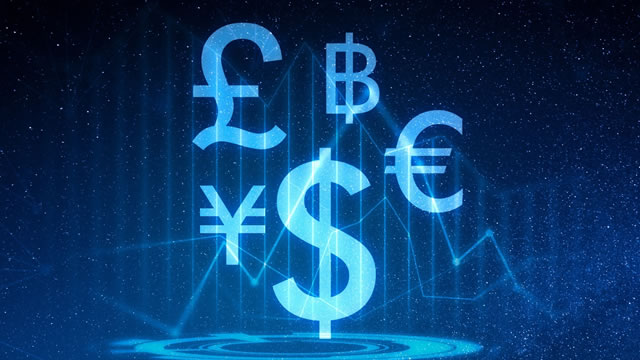A Strong Week for EUR/USD: Anticipation and Impact
The European Currency Unit (EUR) against the United States Dollar (USD) exchange rate, commonly referred to as EUR/USD, experienced a significant week of volatility despite the looming expectation of another interest rate cut from the European Central Bank (ECB).
The Market’s Reaction
The ECB’s decision to potentially lower its benchmark rate was widely anticipated, with most financial analysts predicting a rate cut of 10 basis points. However, the EUR/USD pair managed to hold its ground, even showing signs of strength.
One reason for this unexpected resilience could be attributed to the weakening USD. The US Dollar Index, which measures the greenback’s value against a basket of six major currencies, saw a decline due to a combination of factors. These included renewed optimism about US-China trade negotiations, a decrease in US Treasury yields, and concerns over the US economic growth.
Impact on Individual Investors
For individual investors holding Euro-denominated assets or planning to travel to Europe, the ECB’s rate decision could have both positive and negative implications:
- Positive: A lower ECB rate could make Euro-denominated assets more attractive to international investors, potentially leading to increased demand for the Euro and a stronger EUR/USD exchange rate.
- Negative: Lower interest rates could also result in inflation, reducing the purchasing power of Euro holders and potentially leading to a depreciation of the Euro.
Impact on the Global Economy
The ECB’s decision to cut interest rates could have far-reaching consequences for the global economy:
- Europe: Lower interest rates could help stimulate economic growth in Europe by making borrowing cheaper for businesses and individuals. However, it could also lead to higher inflation and a depreciating Euro, which could negatively impact European exports.
- US: A weaker USD could benefit US exports, making them more competitive on the global market. However, it could also lead to inflationary pressures and higher import prices.
- Global Markets: Lower interest rates in Europe could lead to increased capital flows into European markets, potentially causing asset price bubbles and increasing financial instability.
Conclusion
Despite the expectation of another rate cut from the ECB, the EUR/USD exchange rate showed surprising strength during the week. Individual investors holding Euro-denominated assets or planning to travel to Europe should be aware of the potential implications of lower interest rates, including both positive and negative effects on the Euro’s value. The impact on the global economy could be significant, with potential consequences for European and US economies as well as global financial markets.
As always, it’s essential to stay informed about economic news and trends to make informed investment decisions. Consulting with a financial advisor or conducting thorough research can help minimize risk and maximize potential returns.





